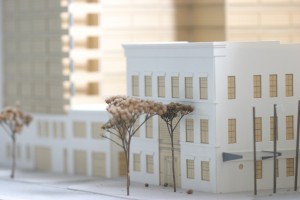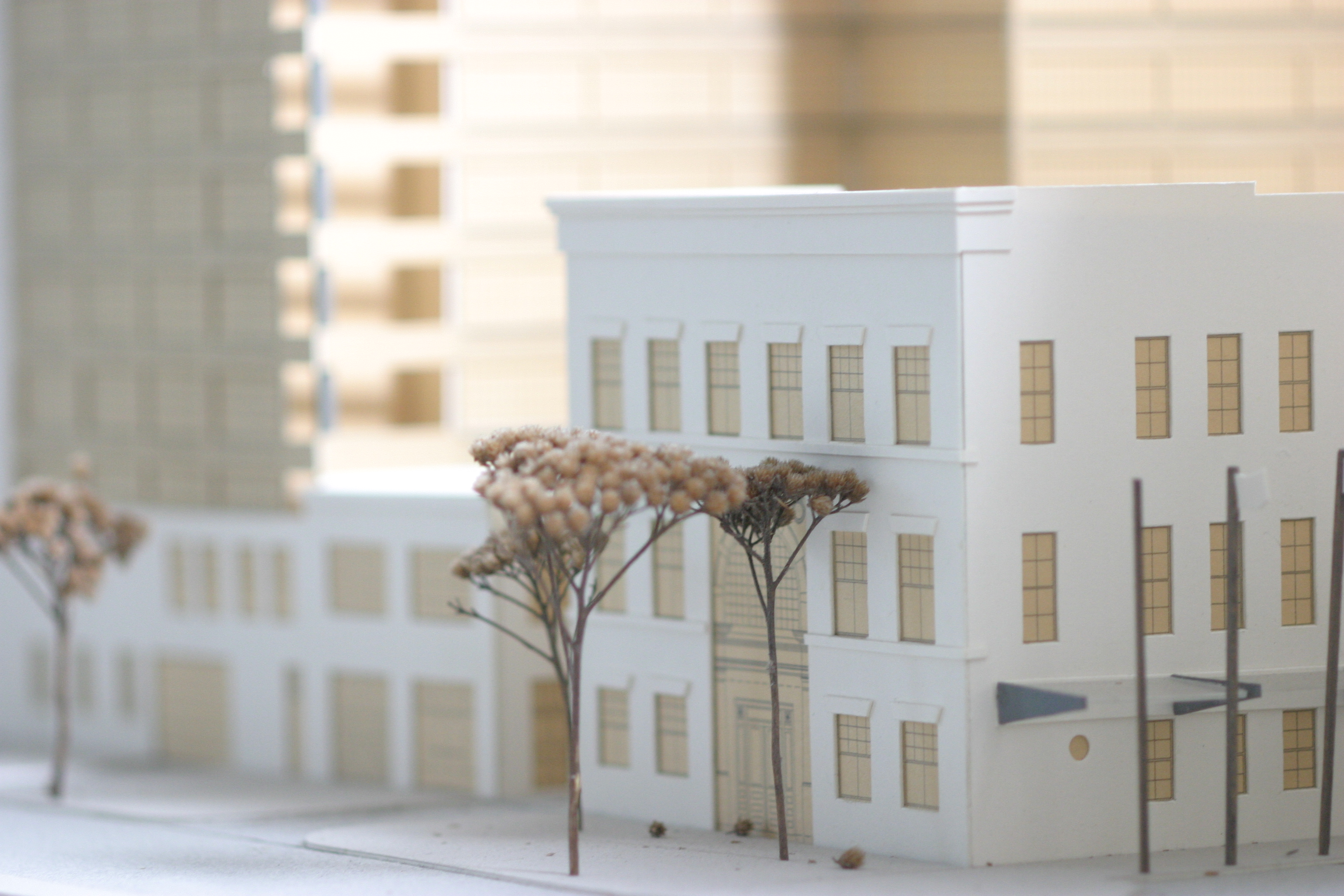
What makes a community livable? Broadly speaking, a livable community recognizes its own unique identity and places a high value on the processes that help manage growth and change. Government officials, private businesses, and individual citizens are trying to address the quality of life in their community and how they can preserve or improve it. Sometimes, however, these elements can seem intangible to those outside the planning and design profession. The Virginia Center for Architecture in partnership with the Virginia Society of the American Institute of Architects will host an exhibition based on the 10 Principles for Livable Communities called Livable Communities for Virginia from Jan. 16 through March 23, 2014. The exhibition is intended to encourage a public dialogue about the planning and design of our communities and how these decisions impact our health, safety, the environment, and the quality of life in our neighborhoods, towns, cities, and regions. To find the absolute best examples, we’re asking for your help. Design and planning professionals are encouraged to submit images of projects or works which embody at least one the 10 Principles for Livable Communities. [Download the 10 Principles for Livable Communities poster or Livability 101 ] Submissions should feature exceptional expressions of the 10 Principles for Livable Communities. Submissions should be located in the Commonwealth of Virginia OR reflect the work of Virginia-based designers or planners outside of the Commonwealth. Both built and un-built works are eligible for submission. Submissions are not required to be the work of the submitter. There is no charge to submit work for consideration. The projects will be selected for inclusion by an esteemed jury from throughout Virginia, including Robert V. Reis, AIA (Hampton Roads); Marlene Shade, AIA (Northern Virginia); JW Blanchard, Assoc. AIA (Blue Ridge); and Reggie Tabor, Assoc. AIA (Richmond).
Livable Communities for Virginia is sponsored by Branch & Associates, Inc.
TIMELINE
Call for Submissions Oct. 11–Nov. 29, 2013
Project Selection Dec. 4, 2013
Opening Reception Thursday, Jan. 16, 2014
A submission form follows the descriptions of the 10 Principles for Livable Communities below.
1. Design on a Human Scale Compact, pedestrian-friendly communities allow residents to walk to shops, services, cultural resources, and jobs and can reduce traffic congestion and benefit people’s health.
2. Provide Choices People want variety in housing, shopping, recreation, transportation, and employment. Variety creates lively neighborhoods and accommodates residents in different stages of their lives.
3. Encourage Mixed-Use Development Integrating different land uses and varied building types creates vibrant, pedestrian-friendly and diverse communities.
4. Preserve Urban Centers Restoring, revitalizing, and infilling urban centers takes advantage of existing streets, services and buildings and avoids the need for new infrastructure. This helps to curb sprawl and promote stability for city neighborhoods.
5. Vary Transportation Options Giving people the option of walking, biking and using public transit, in addition to driving, reduces traffic congestion, protects the environment and encourages physical activity.
6. Build Vibrant Public Spaces Citizens need welcoming, well-defined public places to stimulate face-to-face interaction, collectively celebrate and mourn, encourage civic participation, admire public art, and gather for public events.
7. Create a Neighborhood Identity A “sense of place” gives neighborhoods a unique character, enhances the walking environment, and creates pride in the community.
8. Protect Environmental Resources A well-designed balance of nature and development preserves natural systems, protects waterways from pollution, reduces air pollution, and protects property values.
9. Conserve Landscapes Open space, farms, and wildlife habitat are essential for environmental, recreational, and cultural reasons.
10. Design Matters Design excellence is the foundation of successful and healthy communities.
Submission Form
Oops! We could not locate your form.

